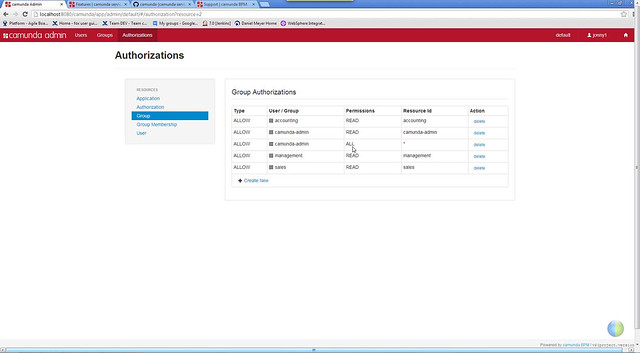Our afternoon panel was moderated by Pete Deacon of Blackiron Data (another conference sponsor), and featured panelists from private industry: Kevvie Fowler, forensic advisory services at KPMG; Daniel Tobok, digital forensics at TELUS; Jeff Curtis, chief privacy officer at Sunnybrook Hospital; and Greg Thompson, enterprise security services at Scotiabank.
Security breaches happen. And as Deacon reminded us, over 60% of those take months (or years) to detect, and are usually detected by someone outside the organization. What are the real cybersecurity risks, what are companies’ perceptions of the risk, and what are the challenges that we face? Fowler believes that since security is often a low-level IT issue, the security message isn’t making its way up the ladder to the C-suite unless a high-profile breach occurs that requires some sort of executive damage control. Curtis agreed, adding that hospitals are used to dealing with clinical risks right up through the executive levels but that IT security risks are a new topic for their executive risk management participants. Both noted that it’s important to have the right people to carry that message: it has to be technically correct, but integrated with the business context and goals. Thompson added that the message doesn’t need to be dumbed down for the C-suite: their board is very used to assessing complex financial risk, and is capable of assessing other types of complex risk, although may need to become versed in some of the cybersecurity language and technology.
The next topic was BYOD (bring your own device), and Thompson pushed the conversation beyond this to BYON(etwork), where people bring their own network, even if just through a smartphone hotspot. Companies are losing control of where people do their work, both devices and network, and solutions should be designed to assume that all endpoints and networks are potentially hostile. Business and productivity have to be balanced with risk in these cases: people will do what they need to do in order to get their job done, and if you think that you’ve avoided security breaches by locking down someone’s access on their corporate device, you can be sure that they’re finding a way around that, possibly on their own device. Curtis agreed, and pointed out that they have a lot of students and interns who come in and out of the hospital environment with their own devices: the key is to enable workers to get their work done and protect the data, not to hamstring their work environment, so they have a device registration policy for BYOD that is working well. Tobok works with a lot of law firms, and notes a recent trend of new lawyers using technology capabilities (including openness to BYOD) as a competitive criterion when selecting a firm to work for.
Moving on to security analytics, Fowler said that there are few organizations actually getting value from predictive security analytics, versus more straightforward data mining: it’s important to query the vendors providing predictive analytics on the models that they’re actually using and the success rates. Thompson agreed that predictive analytics is a bit of black magic right now, but sees a lot of value in historical data analysis as a guide to improving the security environment. In my opinion, in the next two years, predictive analytical models are going to start to become mainstream and useful, moving out of a more purely research phase; we’re seeing this in predictive process analytics as well, which I still talk about in the context of “emerging technologies”. This is all tied up with reporting and compliance, of course: business intelligence and analytics have played, and will continue to play, a key role in detecting breaches and auditing cybersecurity. Both Curtis and Thompson spoke about the regulatory pressures in their respective industries and the growth of analytics and other GRC-related tools; healthcare is obviously a highly-regulated industry, and Scotiabank does business in 55 countries and has to deal with the regulations in all of them. Auditors and regulatory bodies are also having to step up their knowledge about cybersecurity.
There was a question from the audience on investigations of security breaches in cloud environments: Tobok is involved in cybersecurity forensic investigations including cloud, and discussed the changes that have happened in the industry in the four years that he’s been involved in cloud security forensics in order to provide better traceability and auditing. Fowler added that forensic science is adapting for these type of investigations, and half of the work is just figuring out what systems that the data has been resident on since the typical cloud contract only allows a client to access their data, not the actual servers on which is resides. These can include a number of other factors, such as hackers that use compromised credit cards to lease space in a data centre in order to hack into another organization’s data in that same centre; obviously, these complexities don’t exist in breaches to a company’s own data centre.
There was a final panel with five of the vendors who are sponsoring the conference, but my brain was pretty full of security information by then (and I thought that this might be a bit more about their products than I care about) so I decided to duck out before the end.
Another great Technicity conference, and I look forward to next year.

